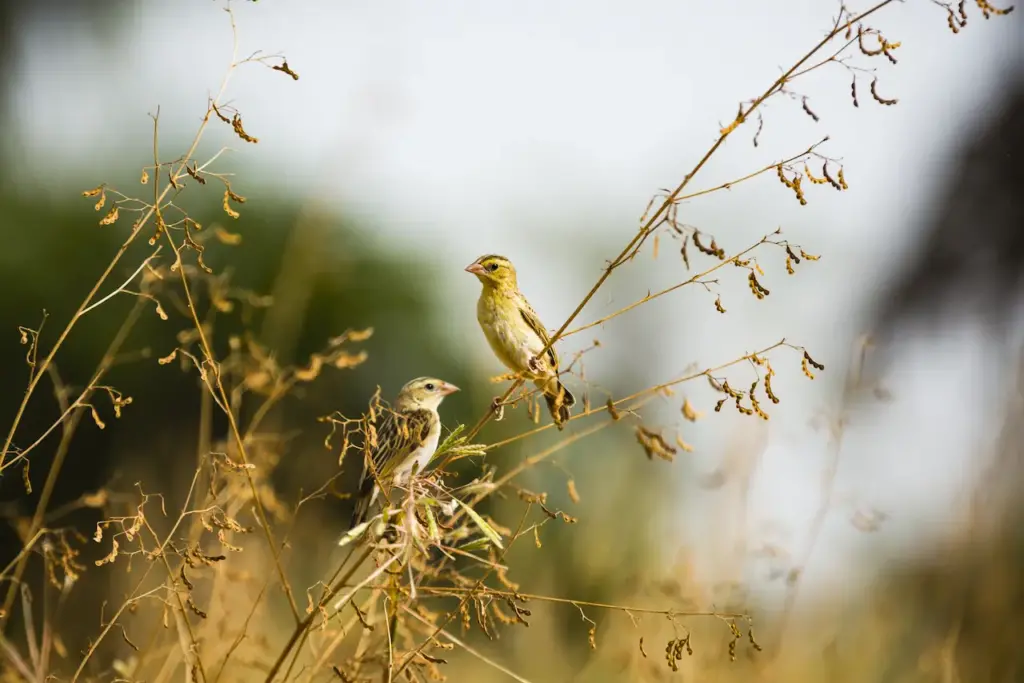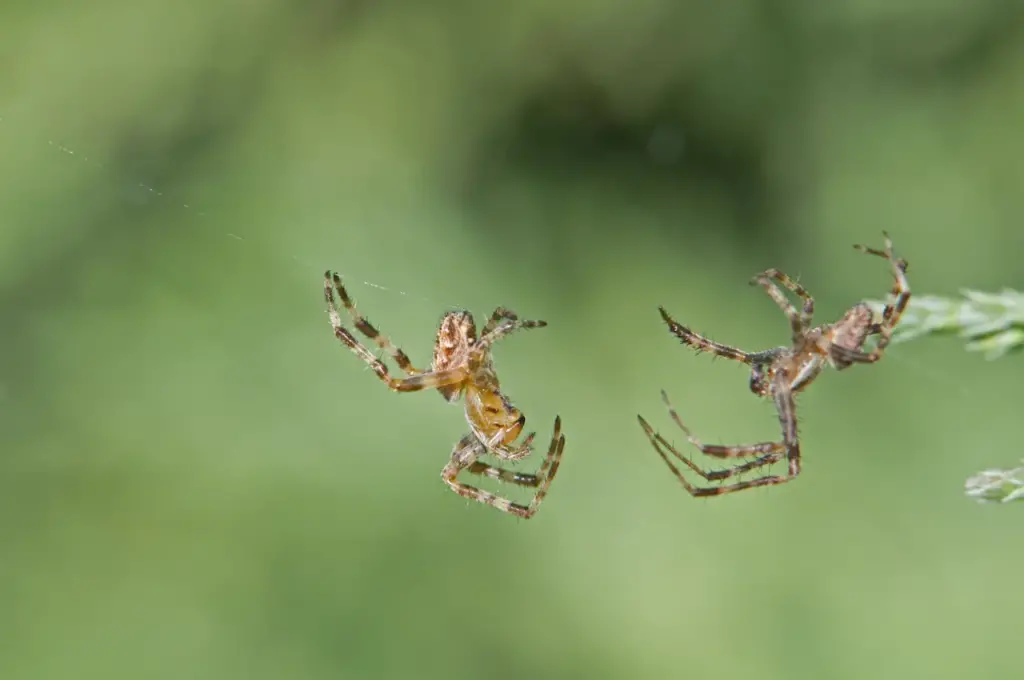What Eats Ticks?
Categories
- Accipitridae (1)
- Acrididae (1)
- Algae (2)
- Alligatoridae (1)
- Amoebidae (1)
- Amphibians (3)
- Anatidae (1)
- Anguillidae (1)
- Arachnids (2)
- Bears (2)
- Big Cats (3)
- Birds (13)
- Bovidae (5)
- Bufonidae (1)
- Camelids (1)
- Cameras (1)
- Canines (13)
- Caridea (1)
- Carnivora (10)
- Castoridae (1)
- Cats (5)
- Cebidae (1)
- Cephalopod (1)
- Cervidae (2)
- Cetacean (1)
- Chondrichthyes (1)
- Crocodilia (2)
- Crustaceans (4)
- Culicidae (1)
- Cyaneidae (1)
- Dasypodidae (1)
- Dasyurids (1)
- Deer (1)
- Delphinidae (1)
- Desktop (1)
- Didelphidae (1)
- Dinosaurs (1)
- Dogs (13)
- Dolphins (2)
- Echinoderms (1)
- Education (10)
- Elephantidae (1)
- Equine (1)
- Erethizontidae (1)
- Erinaceidae (1)
- Farming (1)
- Felidae (5)
- Fish (5)
- Food Chain (31)
- Food Web (2)
- Formicidae (1)
- Frugivore (1)
- Gaming (1)
- Gastropods (1)
- Giraffids (1)
- Great Apes (2)
- Health Conditions (3)
- Herbivore (4)
- Hi-Fi (1)
- Hippopotamidae (1)
- Hominidae (1)
- Insects (10)
- Invertebrates (2)
- Keyboards (1)
- Laptops (1)
- Leporidae (1)
- Mammals (23)
- Marsupials (4)
- Mephitidae (1)
- Microchiroptera (1)
- Mollusks (2)
- Mongoose (1)
- Muridae (1)
- Nocturnal Animals (1)
- Odobenidae (1)
- Omnivore (2)
- Phasianidae (1)
- Phocidae (1)
- Plankton (1)
- Plants (2)
- Primate (1)
- Ranidae (1)
- Reptiles (7)
- Rhinocerotidae (1)
- Rodents (5)
- Salamandridae (1)
- Scarabaeidae (1)
- Sciuridae (2)
- Sharks (1)
- Shellfish (1)
- Sound (1)
- Spheniscidae (1)
- Suidae (1)
- Superfamily Papilionoidea (1)
- Theraphosidae (1)
- What Eats (5)
Ticks are small parasitic organisms that feed on the blood of mammals, birds, and sometimes amphibians and reptiles. To survive and reproduce, ticks need to consume blood from their hosts. But ticks also have their predators to watch out for.
Ticks have a complex life cycle, living on vegetation and then latching onto a host animal when it brushes by. They embed their sharp mouthparts and drank blood for several days before dropping off to digest, molt, or lay eggs.
During this time, on the forest floor or grass, ticks face threats from different predatory species.
Table of Contents
Toggle
Birds
From forest songbirds to raptors and ground-foraging birds, many avian species prey on ticks. Small birds like chickadees, warblers, and wrens feed on insects and will snatch up any ticks crawling around in search of a host.
Larger birds that find ticks while rummaging through leaf litter include turkeys, grouse, pheasants, and quail.
Birds of prey also play an important role in controlling tick populations. Hawks and owls hunt voles, mice, and other small mammals that are common tick carriers.
By feeding on tick hosts, raptor predation helps break the tick life cycle. And any ticks embedded in captured prey get consumed as extra protein in the process!
But the bird that enjoys feasting on ticks the most is the chicken! Free-ranging and wild chickens gobble up hundreds of ticks per day. They pounce on any ticks detected in their path while scratching and foraging. Chickens provide natural tick control, making them premier predators.
Reptiles
Reptiles may not be the first predator people associate with eating ticks, but lizards and snakes consume their fair share of these parasites.
Fast lizards like skinks and swifts snatch tiny larval ticks ambling over forest debris and foliage. The aptly named Fence Lizard consumes ticks around woodland edges and field margins.
Snakes, too, partake in tick predation. Garter snakes, black racers, and others ingest small mammals covered in ticks. Shredding snake species like black racers tear apart rodent nests, exposing ticks hidden within to predation.
Their scaleless bellies allow direct contact with questing ticks as snakes slither through vegetation tick hotspots.
Unfortunately, ticks have developed defenses against some reptile predators. Certain species can detect chemical compounds in reptile skin secretions and drop off passing lizards and snakes to avoid ingestion. But these crafty ectoparasites get eaten by many reptiles before detecting danger.
Amphibians
Frogs and toads are voracious tick eaters, targeting all mobile stages they encounter while patrolling forest floors for insect prey.
Their sticky tongues easily ensnare small larval ticks. Poison dart frogs likely deter ticks altogether just by the presence of their deadly skin secretions!
Salamanders join other amphibians in tick consumption, patrolling damp woodland areas favored by many ticks. Spotted salamanders and red-backed salamanders thrive in tick-infested microhabitats beneath decaying logs and leaves.
They dine on tick larvae while hunting for other invertebrate prey and dislodge more juvenile ticks when moving through damp refuges.
However, some tick species can identify chemical red flags from amphibian mucus and avoid areas populated by these predators. So, while frogs and salamanders eat many ticks, their predatory effectiveness shows limitations in certain habitats.
Arachnids
Spiders and insects frequently fall victim to tick bites, so it’s no wonder many species prey on ticks when opportunities arise. Numerous spider species capture and feed on ticks becoming ensnared in their webs or detected traversing vegetation.
Crab spiders perfectly camouflaged to ambush prey grab unwitting ticks wandering past their hiding spots. Jumping spiders pounce with deadly accuracy as questing ticks make themselves exposed.
Harvestmen and solifugids also take advantage of chance tick encounters to supplement their normal diets. With no webs for capture, these arachnids rely on stealth ambush tactics.
Blending into backgrounds amongst leaf litter, they lunge forward to seize young tick nymphs and larvae crawling nearby before they can detect danger.
But by far, the most lethal arachnid tick predator prowling eastern forests is the giant whip scorpion. Over 3 inches long, these intimidating predators sense tick chemical or mechanical cues and rapidly snatch them with massive front claws before demolishing them with powerful jaws. Their insatiable appetite for ticks helps regulate populations.
Insects
A diversity of insects predate ticks at different life stages. Assassin bugs jam their sucking mouthparts into tick bodies, extracting their internal nutrients. Fast-moving ground beetles chase down small tick nymphs traversing the forest floor.
Massive female dobsonflies grab ticks with spiny legs, passing them to large chewing mouthparts called mandibles.
Larval ticks face attacks from strange predators like antlions waiting unseen at the bottom of conical soil traps for larvae to slide down into their jaws.
Velvet ant’s parasitic larvae hatch inside tick eggs laid in the soil, consuming the developing ticks before they hatch. Tiny phoretic mites hitch a ride on tick backs, jumping free once the tick finds a feeding host only to lay eggs back inside the tick!
No matter the life stage, ticks suffer assault from all manner of insects. Chemical signals attract these opportunists like radar tuning into their location. Droves arrive in response with a singular intent – to consume as many ticks as possible.
Mammals
Mammalian tick predators rely mainly on acute senses of smell and touch to hone in on ticks in dense vegetation. Insectivorous shrews comb through grassy tangles and forest litter, feeding on any larval or nymph ticks detected.
Moles tunneling underground expose hidden ticks for predation. Bats snatch flies and mosquitoes from the air but also feast on ticks when spotted during echolocation.
Medium-sized generalist foragers represent the greatest threat to questing ticks. Raccoons, opossums, skunks, and foxes all eat ticks while patrolling known hot zones. Their innate drive to paw and dig through promising habitats turns up ticks other animals would miss.
Omnivorous bears locate large numbers once winter ends, and they head for tick-rich areas to feed after hibernation.
Some say the guinea fowl rivals the chicken for the title of ultimate tick terminator. Handled as a pet but left to roam outdoor areas, these highly social birds chase each other through fields and forests, gobbling every visible tick in their path by the hundreds! They leave no leaf unturned in pursuit of protein-rich ticks.
Conclusion
Ticks face constant threats during every stage of their development from a diversity of predatory species. Birds of all sizes snap up questing ticks traversing vegetation in search of hosts. Raptors secondarily consume ticks while preying on small mammal reservoirs.
Reptiles employ varied hunting strategies to locate ticks in forest litter or photographic ambush sites. Amphibians patrol damp microhabitats where many ticks dwell, consuming any in their path.
Arachnids like spiders, harvestmen, and whip scorpions all exploit opportunities to feed on young tick stages.
Insects, too, play their part in detecting chemical cues emitting from ticks that betray their location despite efforts to remain hidden through furtive movement and concealment in ground litter.
Shrews, moles, raccoons, bats, and bears represent just a partial assembly of mammalian tick predators. Some species, like chickens, guinea fowl, and possums, feast with abandon on ticks, earning reputations as living tick vacuums.
Each tick’s life stage, from egg to larvae to nymph, faces predatory threats from all angles before finally achieving the ultimate goal – finding and feeding on a warm-blooded host.



